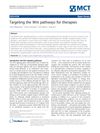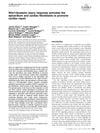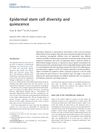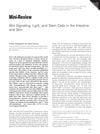Wnt/β-Catenin Pathway in Tissue Injury: Roles in Pathology and Therapeutic Opportunities for Regeneration
June 2016
in “
The FASEB Journal
”
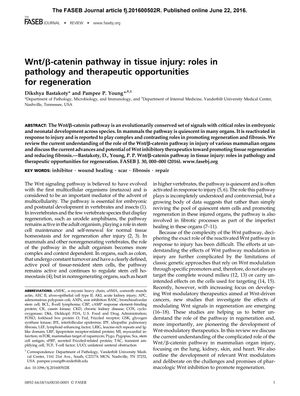
TLDR The Wnt/β-catenin pathway helps tissue regeneration but can also cause fibrosis, and drugs that inhibit this pathway may aid in healing skin and heart tissues.
The document reviews the dual role of the Wnt/β-catenin signaling pathway in tissue injury and regeneration, emphasizing its importance in both promoting regeneration and contributing to fibrosis in various organs. It explains that while the pathway is crucial for stem cell maintenance and organ homeostasis, its reactivation in response to injury can lead to fibrotic diseases in nonregenerating organs like the heart. The review also discusses the potential of pharmacologic Wnt inhibition to enhance regeneration and reduce fibrosis, particularly in the skin and heart. It notes the complexity of the pathway's role across different tissues and cell types, which presents challenges in developing therapeutic strategies. Nonetheless, the document highlights several small-molecule Wnt inhibitors that have shown promise in preclinical models, suggesting that targeting the Wnt pathway could be a significant step forward in regenerative medicine.

